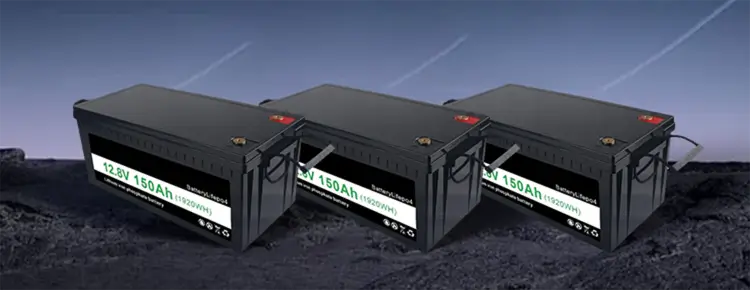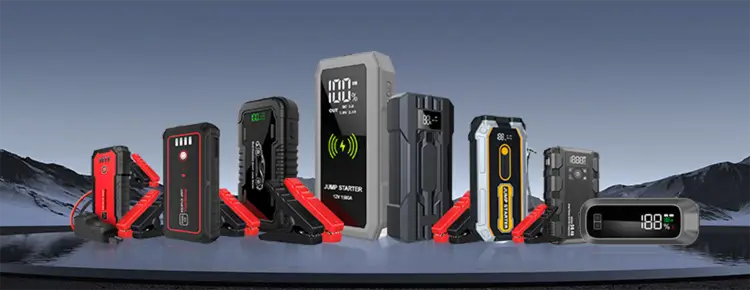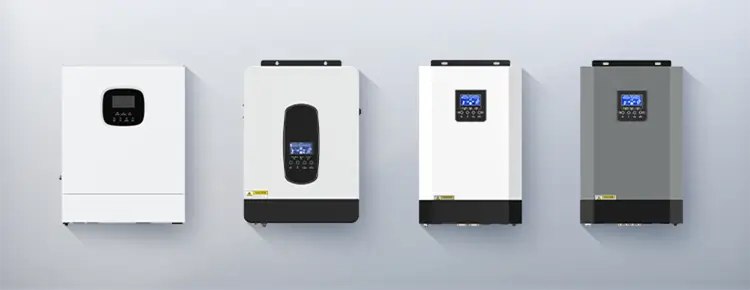



Blog
Hot Category
Latest Blog
15 Jan 2025
Nlelsen
Batteries are very reliable in daily life, but once they encounter extreme temperatures, batteries will cause some problems due to their own chemical properties. Here is a brief introduction to how batteries perform in extreme temperatures

- High temperature conditions will cause violent chemical reactions inside the battery. For example, in a battery, when the temperature is high (such as over 40°C), each 10°C increase will halve the cycle life of the battery.
- Reactions such as SEI film decomposition, reactions between intercalated lithium and electrolyte, and decomposition of positive active materials will occur. Tests show that a battery that is cycled 26 times at 85°C will lose 7.5% of its capacity and increase its impedance by 100%; after 25 cycles at 120°C, the capacity will lose 22% and the impedance will increase by 1115%.
- High temperatures also cause the positive electrode binder to migrate, reducing the electrochemical reaction ability of the active material. This will lead to a reduction in the negative electrode and consumption of active lithium ions, resulting in a decrease in capacity. Moreover, high temperature will lead to a reduction in negative electrode electrolyte, resulting in loss of active lithium ions, accelerating battery aging, and increased side reactions such as SEI membrane decomposition will also consume lithium ions and rapidly reduce capacity.

- Cold weather also has an impact on batteries. Although the specific impact on the chemical reaction of golf cart batteries may be different from that of high temperature, it is certain that low temperature will reduce battery performance. For example, like other batteries, the ionic conductivity in the electrolyte will be affected and the electrochemical reaction rate will slow down.
- To ensure the normal use and extend the service life of golf cart batteries, try to park golf carts in a cool place and avoid direct sunlight in hot summers. In cold winters, make sure the battery is not frozen. Check the battery regularly for signs of problems, especially focusing on temperature-related factors - affected areas, such as the condition of the battery casing (whether there are signs of expansion due to heat), and performance in different seasons or ambient temperatures.